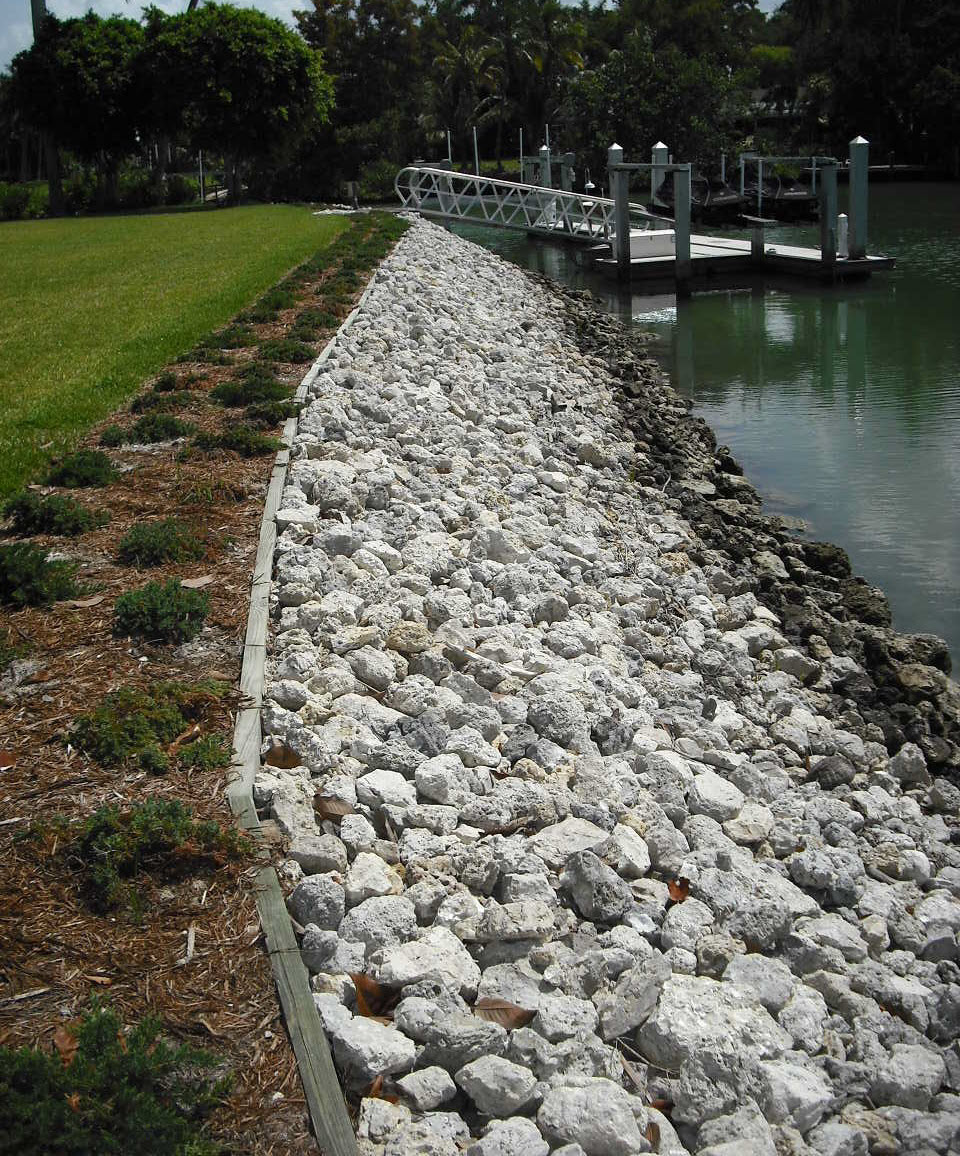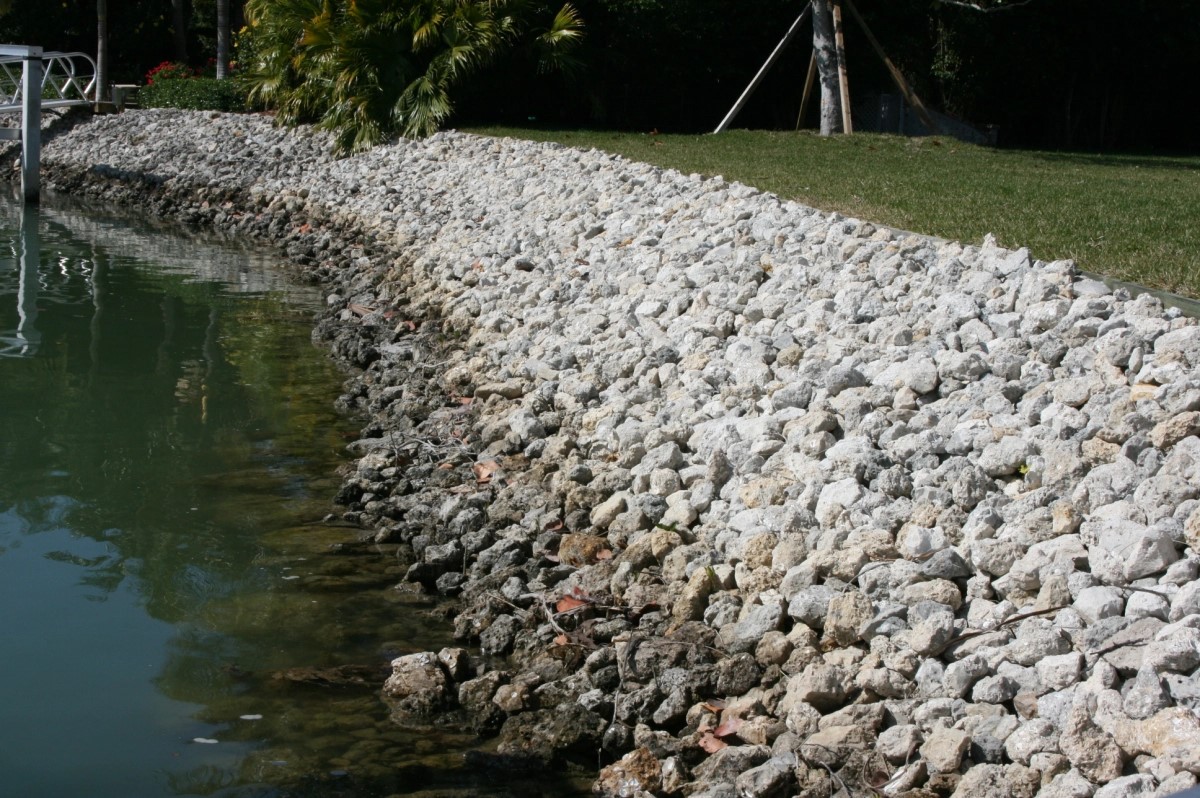Rip Rap Servicesin Grosse Pointe Farms MI
Rip Rap Placement to Protect Your Shoreline from Erosion
We Are Locally Owned & Operated For Over 37 Years
Contact Us Today!
We Serve Businesses In And Around The Following Cities:
About Rip Rap Services
Introduction to Rip Rap in Grosse Pointe Farms
In the scenic city of Grosse Pointe Farms, preserving the tranquility of the coastline and commercial properties is paramount. There is an effective solution to shoreline erosion control, prized for its durability and functionality, known as rip rap. This guide delves into rip rap in Grosse Pointe Farms—its manufacturing process, benefits, practical implications, and how it lends itself to enhancing commercial spaces in this picturesque Michigan city.
Understanding Rip Rap and Its Application in Grosse Pointe Farms
Rip rap, also alternately known as riprap rock or rip rap stone, is a type of rock armor used foremost for erosion control. This large, angular rock material functions as a sturdy barrier against fluctuating water levels and weather effects. Landscaping architects and contractors, such as D&J Contracting, often deploy rip rap for erosion control along shores and steep, graded areas where layers of sod or manmade products may not withstand the environmental pressure.
The broad avenues in Grosse Pointe Farms and strip of shoreline demand the type of professional care and maintenance that rip rap offers. Rip rap rock is highly prevalent in this area, protecting commercial properties, driveways, culverts, and rip rap ditch applications from soil erosion, thereby contributing significantly to the city’s picturesque charm.
Key Benefits of Using Rip Rap
Whether it’s applied along the shoreline, a rip rap driveway, or around a culvert, rip rap stone provides numerous benefits. For commercial properties that wish to maintain their aesthetics, the improvised look of rip rap stone fits naturally into the landscape, enhancing its appeal.
Importantly, though, rip rap is more than just visually pleasing—it’s the first line of defense against erosion. It’s particularly beneficial for properties with pond rip rap or those situated close to a lake or beachfront, saving them countless erosion-related costs and complications.
In the context of Grosse Pointe Farms, where commercial spaces strive to blend functionality with a serene appeal, riprap erosion control is undoubtedly a measure worth considering. It’s a smart investment that will significantly reduce or eliminate erosion-related complications, adding value to your estate while preserving its natural aesthetic.
Trusted Provider of Rip Rap: D&J Contracting
Now that we’ve extensively discussed rip rap, it’s essential to underline that the quality and effectiveness of the rip rap rock depend on who you procure it from. D&J Contracting is a trusted service provider, supplying premium quality rip rap stone in Grosse Pointe Farms. This company seamlessly blends the process of installing rip rap rock ditches, driveways, pond rip rap, and more, maintaining rigorous standards for durability and resilience.
Given D&J Contracting’s mastery in deploying rip rap, clients get the assurance of lasting results, making their resources resilient against erosional forces. Their rip rap rock services can undoubtedly transform your commercial spaces by offering reinforced protection that merges with the natural beauty of the surroundings.
Real-world Application of Rip Rap in Grosse Pointe Farms
Beyond shielding against soil erosion, rip rap stone in Grosse Pointe Farms also provides functional landscaping benefits. Local parks and recreational areas, for instance, apply rip rap effectively in maintaining a balanced and sustainable ecosystem. These parks are prime examples of how rip rap beautifies the spaces while contributing to improved stormwater management, wildlife habitat, and reduced heat islands.
Commercial properties in Grosse Pointe Farms particularly benefit from solutions like rip rap because they tackle the problem of erosion head-on, without drowning away in the background. By carefully selecting rip rap rock or stone to match one’s property, businesses can appeal to both local customers and visitors with aesthetically pleasing and sustainable landscaping.
Summing Up the Value of Rip Rap in Grosse Pointe Farms
Public spaces and commercial properties in Grosse Pointe Farms are important assets that require consistent and effective upkeep. Rip rap rock and stone offer both levels of protection and an aesthetic appeal, improving the durability of properties while upholding the city’s tranquil charm.
Engaging a reliable provider like D&J Contracting to establish rip rap near any vulnerable landscape zones enhances the property’s resilience and longevity. This insightful guide has shown how rip rap serves as a vital component of erosion control. The use of rip rap in Grosse Pointe Farms can benefit the environment and businesses in many ways. Don’t wait for erosion to threaten your commercial spaces; choose rip rap as your go-to solution.
Rip Rap Services Gallery


Call Us Today to receive your Free Quote for
Rip Rap in Grosse Pointe Farms
Serving: Grosse Pointe Farms, Michigan

About Grosse Pointe Farms, Michigan
The area that would become Grosse Pointe Farms was originally incorporated as the Village of Grosse Pointe in 1879. By 1889, the village extended from land just above Provencal Road in the northeast to Cadieux Road in the west. In 1893, the portion of the village east of Fisher Road broke off and incorporated as the Village of Grosse Pointe Farms after a dispute over the location of a tavern. It was not until 1949, however, that the village incorporated as a city.
The U.S. Postal Service operates the Grosse Pointe Post office in Grosse Pointe Farms.
According to the United States Census Bureau, the city has a total area of 12.32 square miles (31.91 km), of which 2.75 square miles (7.12 km) is land and 9.57 square miles (24.79 km) is water. The water is part of Lake St. Clair.
The Farms has a more varied topography and streetscape than the other southern Grosse Pointes. While Grosse Pointe and Grosse Pointe Park are built on a standard street grid and are basically flat, Grosse Pointe Farms is partially built on the same grid flowing out of Detroit, but also features districts with irregular, curving street paths. A low but noticeable ridge runs through the center of the city. The Farms also contains the “point” in Grosse Pointe, where, just east of the Grosse Pointe War Memorial, there is a large bend in the lakeshore, such that those on the shoreline face east, instead of south, as they do when on the shoreline of neighboring Grosse Pointe, closer to the entrance of the Detroit River.
The cityscape varies widely, with large sections of old homes ranging from bungalows to mansions, and a few newer sections with ranch houses or luxury homes built on subdivided estates. The Farms has a downtown on Kercheval Avenue combining historic buildings with newer, neo-traditional storefronts.
| Census | Pop. | Note | %± |
|---|---|---|---|
| 1900 | 817 | — | |
| 1910 | 862 | 5.5% | |
| 1920 | 1,649 | 91.3% | |
| 1930 | 3,533 | 114.3% | |
| 1940 | 7,217 | 104.3% | |
| 1950 | 9,410 | 30.4% | |
| 1960 | 12,172 | 29.4% | |
| 1970 | 11,701 | −3.9% | |
| 1980 | 10,551 | −9.8% | |
| 1990 | 10,092 | −4.4% | |
| 2000 | 9,764 | −3.3% | |
| 2010 | 9,479 | −2.9% | |
| 2020 | 10,148 | 7.1% | |
| U.S. Decennial Census | |||
As of the census of 2010, there were 9,479 people, 3,718 households, and 2,770 families residing in the city. The population density was 3,446.9 inhabitants per square mile (1,330.9/km). There were 3,952 housing units at an average density of 1,437.1 per square mile (554.9/km). The racial makeup of the city was 95.4% White, 1.8% African American, 0.2% Native American, 1.3% Asian, 0.4% from other races, and 1.0% from two or more races. Hispanic or Latino of any race were 2.0% of the population.
There were 3,718 households, of which 33.7% had children under the age of 18 living with them, 66.0% were married couples living together, 6.2% had a female householder with no husband present, 2.3% had a male householder with no wife present, and 25.5% were non-families. 23.0% of all households were made up of individuals, and 12.3% had someone living alone who was 65 years of age or older. The average household size was 2.55 and the average family size was 3.02.
The median age in the city was 45.1 years. 25.8% of residents were under the age of 18; 4.8% were between the ages of 18 and 24; 19.5% were from 25 to 44; 32.6% were from 45 to 64; and 17.5% were 65 years of age or older. The gender makeup of the city was 48.8% male and 51.2% female.
At the 2000 census, there were 9,764 people, 3,804 households, and 2,868 families residing in the city. The population density was 3,618.8 inhabitants per square mile (1,397.2/km). There were 3,937 housing units at an average density of 1,459.2 per square mile (563.4/km). The racial makeup of the city was 97.58% White, 0.65% African American, 0.11% Native American, 1.13% Asian, 0.11% from other races, and 0.42% from two or more races. Hispanic or Latino of any race were 1.11% of the population.
There were 3,804 households, of which 34.3% had children under the age of 18 living with them, 67.8% were married couples living together, 6.1% had a female householder with no husband present, and 24.6% were non-families. 22.3% of all households were made up of individuals, and 12.0% had someone living alone who was 65 years of age or older. The average household size was 2.57 and the average family size was 3.03.
Age distribution was 26.5% under the age of 18, 3.6% from 18 to 24, 23.4% from 25 to 44, 28.6% from 45 to 64, and 17.9% who were 65 years of age or older. The median age was 43 years. For every 100 females, there were 90.6 males. For every 100 females age 18 and over, there were 87.5 males.
The median household income was $100,153, and the median family income was $109,264. Males had a median income of $87,108 versus $53,241 for females. The per capita income for the city was $54,846. About 1.5% of families and 2.1% of the population were below the poverty line, including 3.1% of those under age 18 and 1.4% of those age 65 or over.
The community is served by Grosse Pointe Public Schools (GPPSS). Public schools within Grosse Pointe Farms include Père Gabriel Richard Elementary School, Kerby Elementary School, Brownell Middle School, and Grosse Pointe South High School. Along with Richard and Kerby, Monteith Elementary School in Grosse Pointe Woods serves a section of the city. All residents are zoned to Brownell. Almost all residents are zoned to GPS High, while those in a northwest section are zoned to Grosse Pointe North High School in Grosse Pointe Woods.
Saint Paul Catholic School is in Grosse Pointe Farms.
The Grosse Pointe Public Library operates the Central Branch in Grosse Pointe Farms.
Call Us Today to receive your Free Quote for
Rip Rap in Grosse Pointe Farms
Related Services in Grosse Pointe Farms, Michigan
We Serve Businesses In The Following Zip Codes:
48007, 48015, 48021, 48026, 48035, 48036, 48038, 48042, 48043, 48044, 48045, 48046, 48047, 48048, 48050, 48051, 48066, 48071, 48080, 48081, 48082, 48083, 48084, 48085, 48088, 48089, 48090, 48091, 48092, 48093, 48098, 48099, 48225, 48230, 48236, 48310, 48311, 48312, 48313, 48314, 48315, 48316, 48317, 48318, 48397